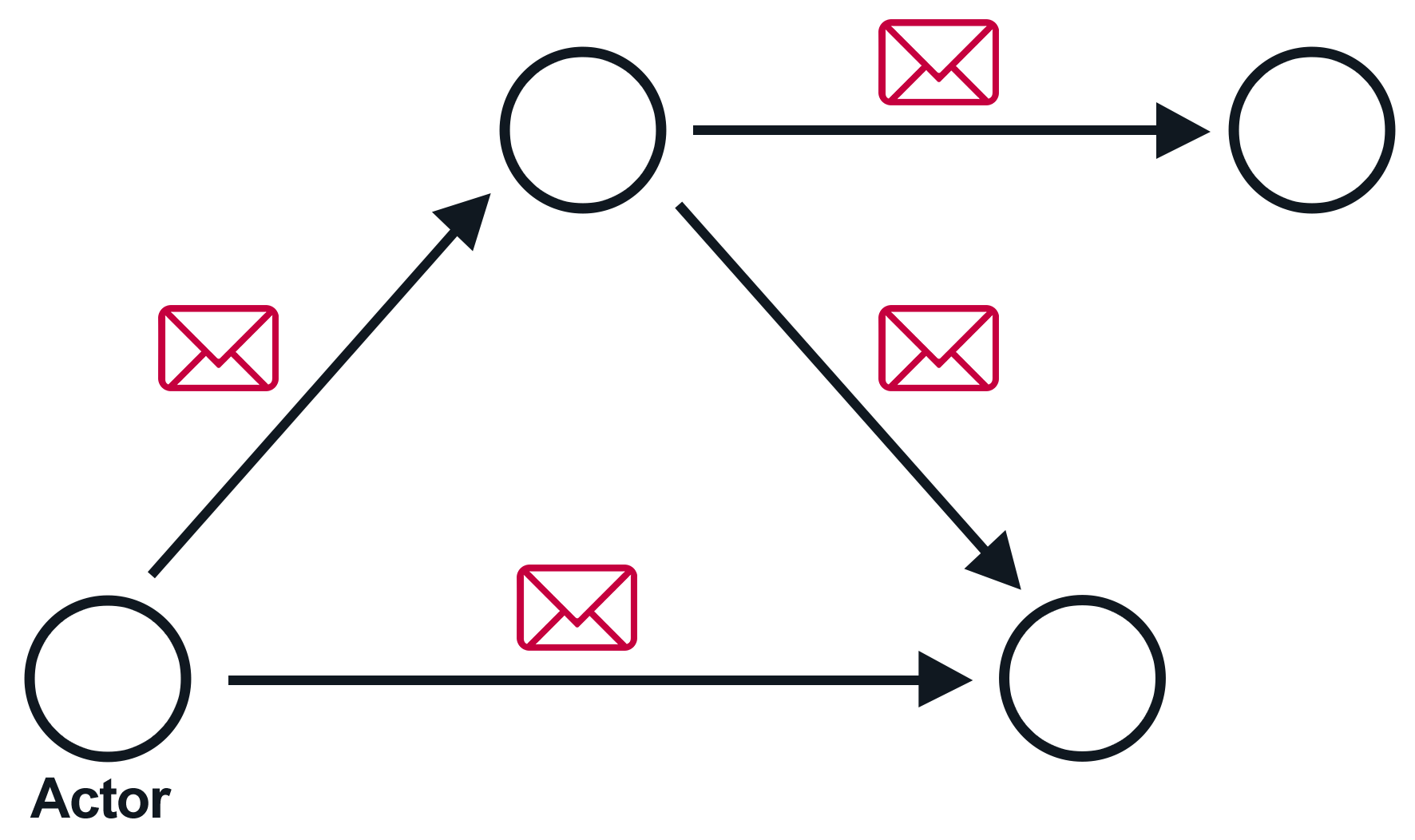
rotor is a non-intrusive event loop friendly C++ actor micro framework, similar to its elder brothers like caf and sobjectizer. The new release came out under the flag of pluginization, which affects the entire lifetime of an actor.

Open source software

rotor is a non-intrusive event loop friendly C++ actor micro framework, similar to its elder brothers like caf and sobjectizer. The new release came out under the flag of pluginization, which affects the entire lifetime of an actor.
JavaCC 21 is a continuation of work on the venerable JavaCC parser generator, originally developed at Sun Microsystems in the 1990’s and released under a liberal open source license in 2003. It is currently the most advanced version of JavaCC. It has many feature enhancements (with more to come soon) and also generates much more modern, readable Java code. Also, certain key bugs have finally been fixed. (N.B. The “21” in JavaCC 21 is not a version number. It is simply part of the project name and means that this is a JavaCC for the 21st century!)






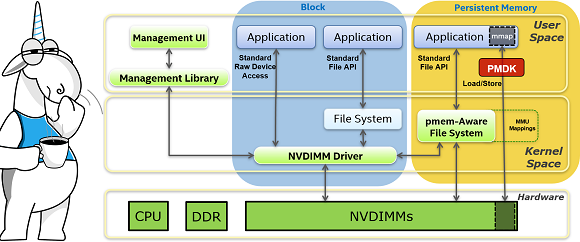

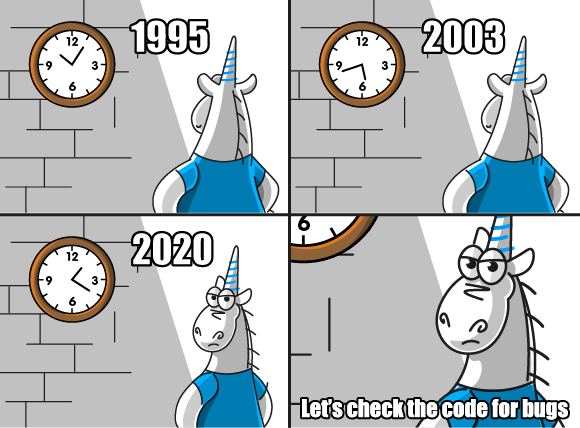


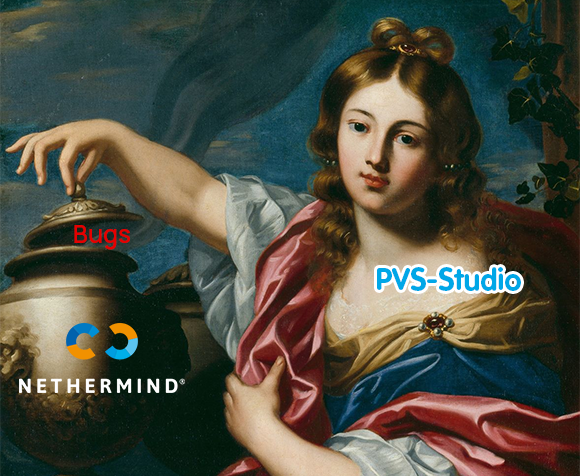
We continue to investigate external device interrupt routing setup in the x86 system.
In Part 1 (Interrupt controller evolution) we looked at the theory behind interrupt controllers and all the necessary terminology. In Part 2 (Linux kernel boot options) we looked at how in practice the OS chooses between different interrupt controllers. In this part we will investigate how the BIOS sets IRQ to the interrupt controllers routing in a chipset.
None of the modern BIOS developer companies (AwardBIOS/AMIBIOS/Insyde) open their source code. But luсkily there is coreboot — a project aimed at replacing proprietary BIOS with free firmware code. In its source code we'll see what is needed to setup the interrupt routing in a chipset.


Originally, Buildroot offers a limited number of packages. It makes sense — there is everything you need, but any other packages can be added.
To add a package, create 2 description files, an optional checksum file, and add a link to the package in the general package list. There are hooks at different stages of the build. At the same time, Buildroot can recognize the needed type of packages:

Like I said earlier in previos articles, Buildroot is a great system for embedded Linux development. But sometimes strange things can happen.
Once upon a workday, I got the following task: add printing system in firmware (Kraftway terminal Linux next generation). Ok, so I had to add cups + cups filter and to build firmware. I set a postscript-printer and got an error "Filter failed". Trivial tasks turned into serious work.
In this article, I wrote my own way of solving this problem. It may be useful for other developers and IT-specialist and, also, for a deeper understanding of the Buildroot.
If you are a Buildroot beginner, I recommend reading my previous articles.
Revisioned versions of this patches applied to master.
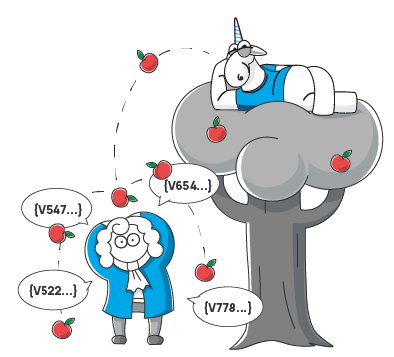

About a week I wonder around the idea of this article, mainly, because of missing the content here and tidiness of the coronavirus-themes. But, when robotic-harvester, hacking zip with bitcoins and other cool articles released — I decided not to publish crude material.
However, unexpectedly today the maintainer of this review hero showed up from the lockdown and, several hours ago reapy v0.6.0 has been published on PyPi. Under the cut — the last change log, which contains (to my pleasure) no line where I have not been involved one way, or another.
Finally: why reapy is needed and how Python works inside REAPER.
